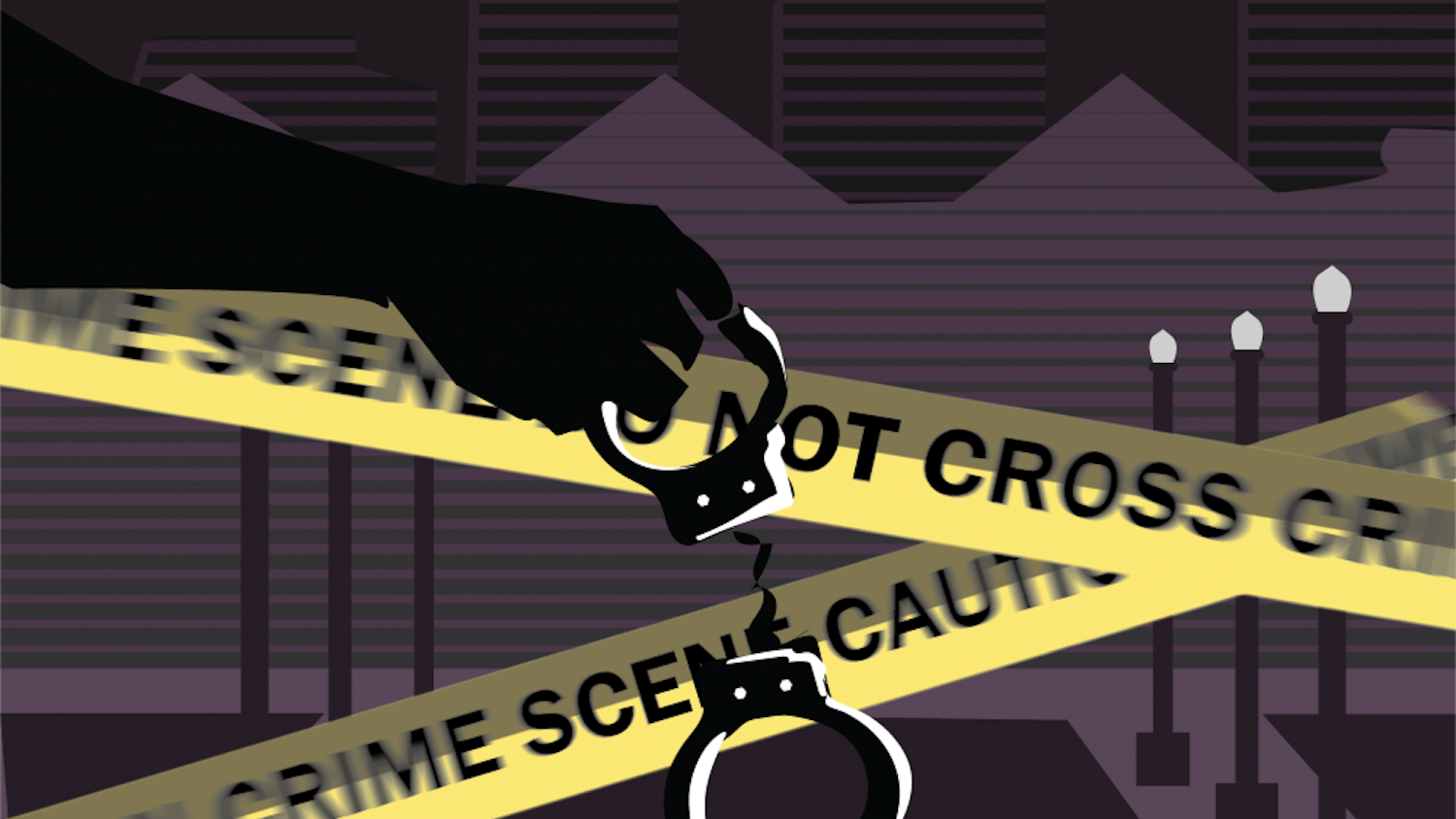Today, we can listen to any song in a never-ending music library, and we have the power to stream nearly any movie ever made. But we always seem to revert to familiar classics in both categories. And there’s a reason why.
It’s the same reason I see rows of ‘90s hair scrunchie-clad wrists when I walk to class and why Spotify playlists with names like “Middle School Jams” and “’80s Yacht Rock” exist — and are arguably some of the most well-loved.
Nostalgia has been a buzzword in recent years. But a longing for the past, a desire to listen to songs we loved when we were 16 and a newfound love for old accessories are rooted in psychology.
We feel connected to certain images and sounds not only because we associate them with specific memories or a certain time in our lives (typically adolescence), but also because psychologists believe between the ages 12 and 22, the music we love is essentially wired into our brains as we undergo rapid neurological development. Whoever or whatever you listened to during the formative years of your life determines your nostalgia.
Studying nostalgia from the psychological standpoint makes me think that even though we sometimes look to memories as a means of escaping the present, we can’t escape some elements of the past even if we wanted to.
A new study shows that our longing for a bygone era even impacts how we engage with content on social media. In a research article about social media engagement published in “Visual Communication Quarterly,” University of Missouri School of Journalism professors T.J. Thomson and Keith Greenwood report that more Instagram users have a greater propensity to “like” still photographs than videos because photos represent “nostalgia for an images-only environment.” Some participants even suggested that Instagram should remove the video-posting feature to preserve the art of the still photograph.
Maybe this explains why Fujifilm’s Instax film has been the top-selling photo product on Amazon for nearly two years. There’s also a growing prevalence of iPhone photography apps such as Huji Cam, which turns the screen into a makeshift disposable camera and produces perfectly blurry, sun-flared images — complete with a time stamp in the corner that reads “1998.”
Some may argue that taking an interest in pop culture of the past is the same as hopping on a trendy bandwagon, but I’d say the adage, “Everything old is new again,” is not exactly new. It’s rare to analyze fashion, beauty, art or entertainment of any decade and not find an element of the past woven into it.
Others may argue that the return of Polaroid pictures and disposable camera-esque photograph is purely aesthetic, but there’s a reason we’re drawn to the certain photos or music that look or sound old. Perhaps it’s because we’re searching for a distraction from the chaos of our current culture or because subconsciously we’re trying to mimic experiences of another time.
Coming from someone who grew up listening to my parents’ “Madonna" and "Men at Work” cassette tapes, I’ll take the ubiquitous scrunchies, choker necklaces and endless throwback jams over some of today’s horrific social trends any day.
Darcy Schild is a UF journalism junior. Her columns focus on human behavior and sociology.




![Photo of the missing Leachianus “Leachie” gecko. [Photo courtesy of Mike Southwick]](https://snworksceo.imgix.net/ufa/907bd92a-0b29-40eb-a5fb-d7db7cf98b2f.sized-1000x1000.jpg?w=1500&ar=16%3A9&fit=crop&crop=faces&facepad=3&auto=format)
